Czechia / Česká republika – Let’s explore here
What’s it like in Czechia?
Czechia – also known as the Czech Republic – is a small, landlocked country in central Europe. Its landscape mainly consists of a large central plain filled with small woodlands, many copses, lots of arable land and quaint villages that wouldn’t look amiss in a Robin Hood production! Surrounding the plain are low mountains and lovely rolling hills. the highest point is Mount Sněžka, in the north, on the border with Poland, at 5,260 ft (1,603 m).
Although it’s small in size, its population is twice that of its neighbour Slovakia, at around 11 million people (2024), yet you’d never know this when travelling through and around the country! Even in the capital, Prague, we found it to be pretty quiet.

A bit about the history of Czechia
Czechia, also known as the Czech Republic, has a rich history shaped by its central position in Europe, its medieval roots, and its experiences with various empires and political systems.
Early History and Bohemia
The region now known as Czechia has been inhabited since prehistoric times. In the 9th century, the area became part of the Great Moravian Empire, an early Slavic state. By the 10th century, the Kingdom of Bohemia was established, with Prague as its capital. The kingdom was an important part of the Holy Roman Empire.
Habsburg Rule and Austro-Hungarian Empire
In the 16th century, Bohemia was incorporated into the Habsburg Monarchy, later part of the Austro–Hungarian Empire. Over the centuries, Czech lands saw a mix of political and cultural influence, including the rise of Protestantism, which led to religious conflict, particularly during the Thirty Years’ War (1618-1648), in which Bohemia suffered significantly.
Czechoslovakia and Interwar Period
After World War I, the Austro–Hungarian Empire dissolved, and in 1918, Czechoslovakia was formed, combining the Czech lands and Slovakia into a new, democratic state. Under the leadership of Tomáš G. Masaryk, Czechoslovakia became a stable and prosperous country in the interwar period. However, the country faced rising tensions with Germany, which led to the Munich Agreement in 1938, where Czechoslovakia was forced to cede part of its territory to Germany.
World War II and Communist Rule
During World War II, Czechoslovakia was occupied by Nazi Germany, and much of the Jewish population was exterminated during the Holocaust. After the war, Czechoslovakia fell under Soviet influence, and in 1948, a communist coup established a one-party system. For the next four decades, the country was under communist rule, although there were occasional attempts at reform, including the Prague Spring of 1968, which was crushed by Soviet forces.
Velvet Revolution and Independence
In 1989, the communist regime was overthrown in the peaceful Velvet Revolution, leading to the establishment of a democratic government. Czechoslovakia became a parliamentary republic, but ethnic tensions between Czechs and Slovaks led to the peaceful dissolution of the country in 1993, resulting in the creation of two independent states: the Czech Republic and Slovakia.
Modern Czechia
Since independence, Czechia has developed into a stable, democratic country with a strong economy. It joined NATO in 1999 and the European Union in 2004. Today, Czechia is known for its rich cultural heritage, high standard of living, and active participation in European and global affairs.
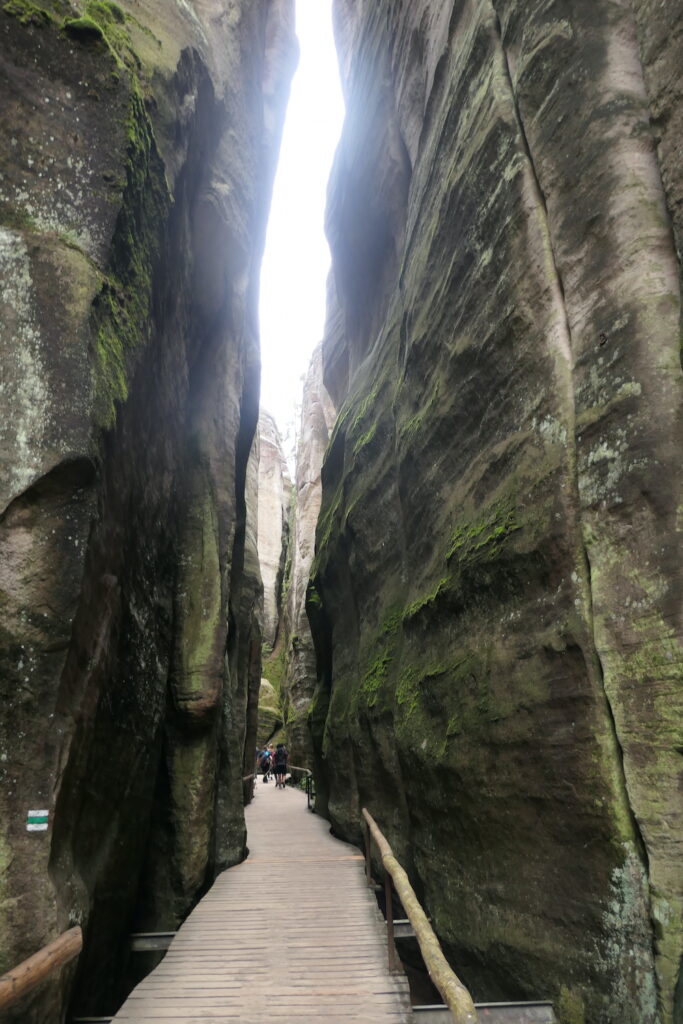
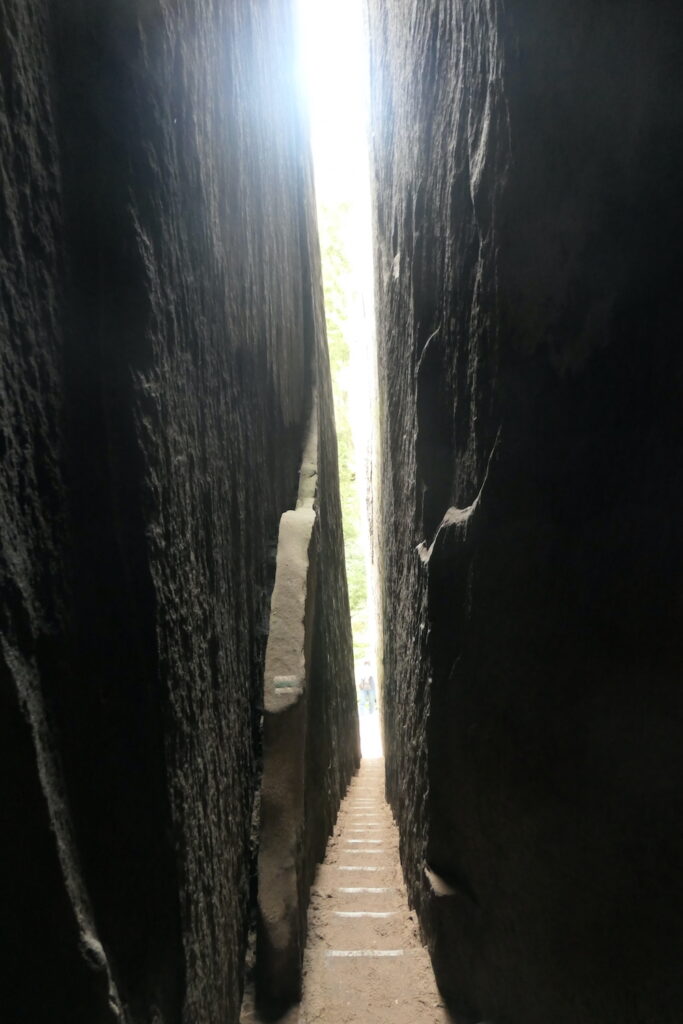
Czechia road trip
We’ve created a blog for our road trip in Czechia. You may find it helpful, and you may pick up some tips, or more likely mistakes not to make that we’ve made 😉, including how not to get involved with the police first thing in the morning! Our Czech road trip was part of a much larger European road trip.
The amazing north east
On our Czech road trip, we travelled from Poland, through the lovely hills of Czechia to the incredible Adršpach rocks, staying over locally. These bizarre rock formations immediately became one of our all time best things seen. They are simply amazing! Do not underestimate the steep gradient some of the steps are to walk around them though.
Central Czechia
We then drove on to some old towns, Chlumec nad Cidlinou, Kolín & Kutná Hora. These old towns gave us a real sense of how peoples actually live in Czechia, and were really interesting places for people watching over a coffee.
The capital
The capital, Prague, is historic and full of charm. There’s loads to do and see, and it’s a very relaxing place to visit.
Southern Czechia
Eventually we travelled to the south of the country to avoid the majority of the rain, to Hluboká Nad Vltavou, stopping over in the magnificent Český Krumlov. This latter town is, in our opinion, the best place in Czechia that we came across – simply magnificent. We met loads of people and all were super interesting and engaging. The Czech people really do think about things quite deeply it seems. They’re also really friendly and approachable.
Czechia is a really beautiful country that has managed to keep lots of its heritage intact. We met lots of really genuinely lovely and really interesting people, many of whom we’ll continue to keep in contact with. Of those that spoke English, they mainly seemed to want to have intelligent and some serious conversations – it was good to have such in depth chats.
Map of our road trip through Czechia

This is a map of our road trip through Czechia.
Our route took us from Adršpach rocks – Jívka – Chlumec nad Cidlinou – Kolín – Kutná Hora – Prague (Praha) – Český Krumlov
Our favourite places in Czechia
These are some of the best places that we explored on our road trip through the Czech Republic. We’ve put them in alphabetical order.
Adršpach rocks
The most amazing hiking trail in Czechia, if not Europe! Simply incredible rock formations. Pictures don’t do the place justice. A must see! There’s more in our Czech blog.
The Adršpach Rocks are a stunning natural rock formation located in the northeastern part of the Czech Republic. Situated within the Adršpach-Teplice Rocks Nature Reserve, the unique geological features include towering sandstone pillars, narrow passageways, and deep ravines, making it a popular destination for hikers and nature lovers. You can explore the area through marked trails, leading to breathtaking viewpoints and hidden caves. The surreal rock formations, some of which rise over 165 ft (50 m) high, have also been a backdrop for films.
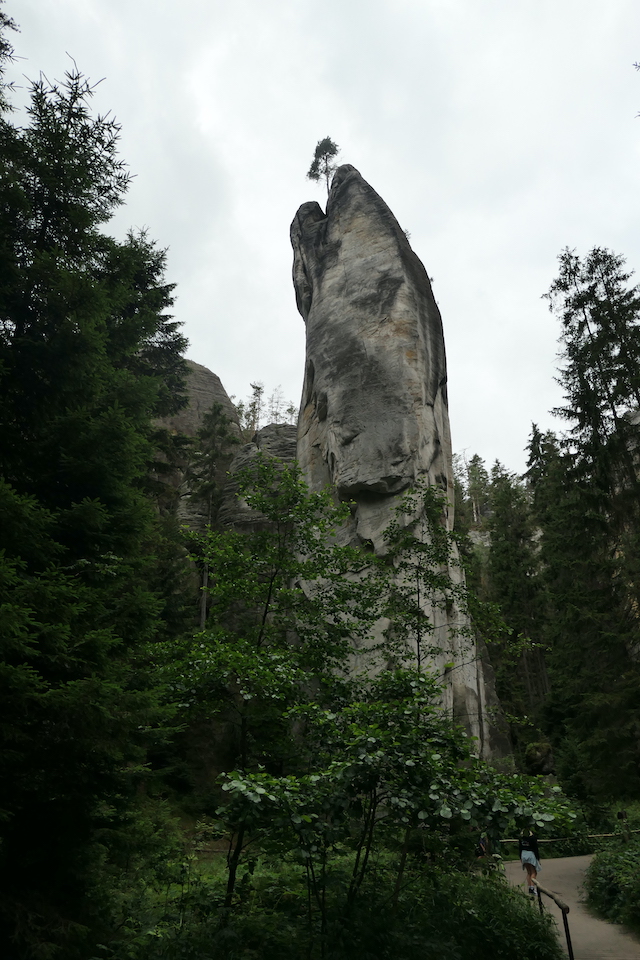








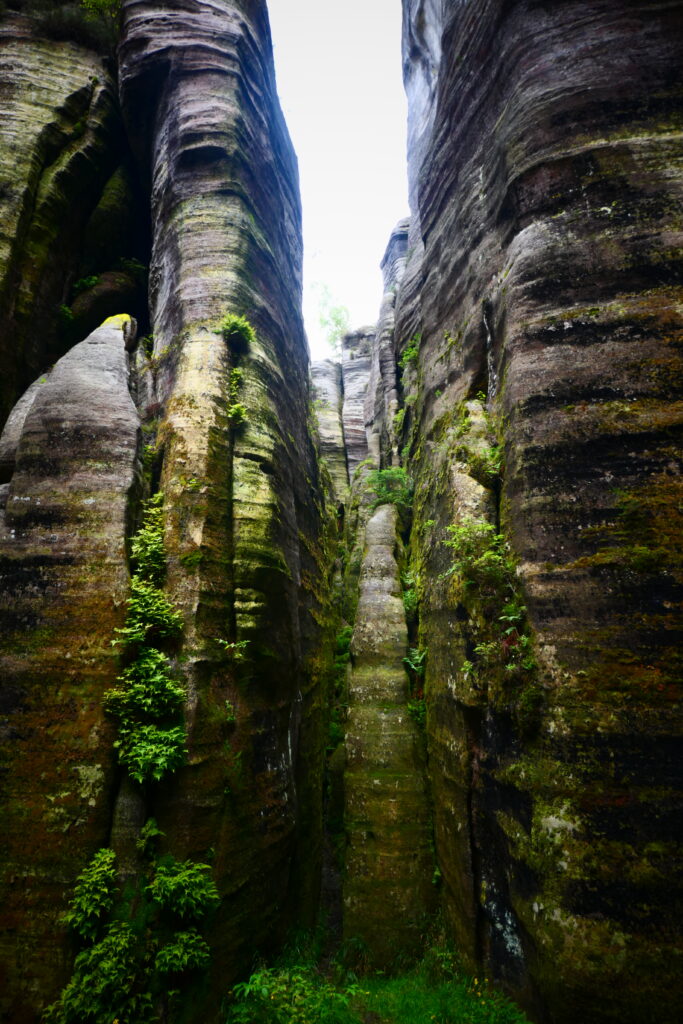
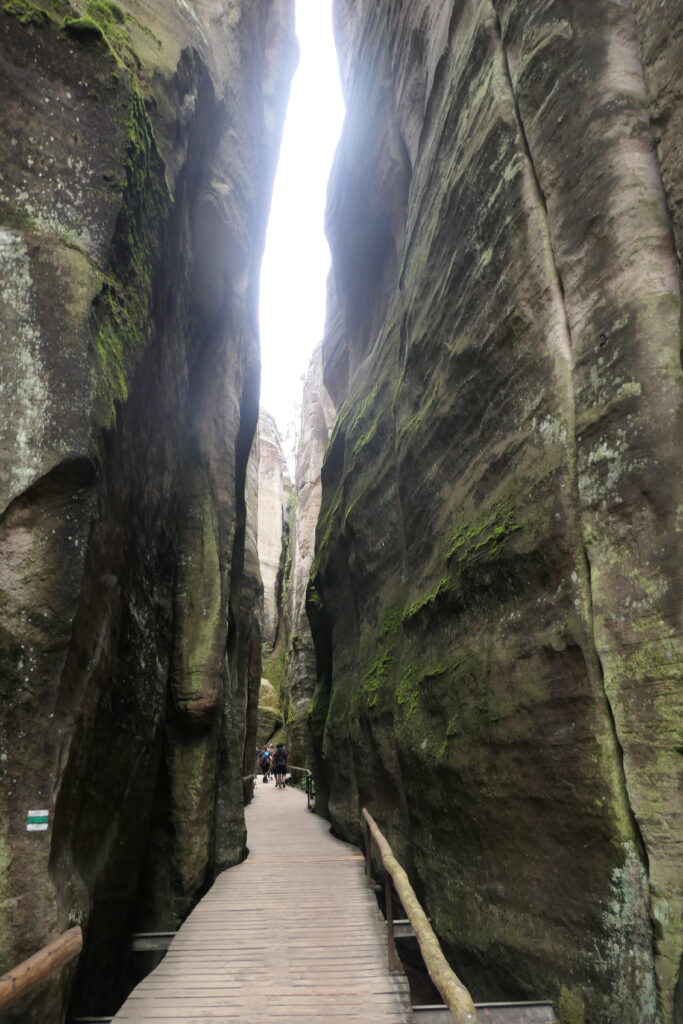

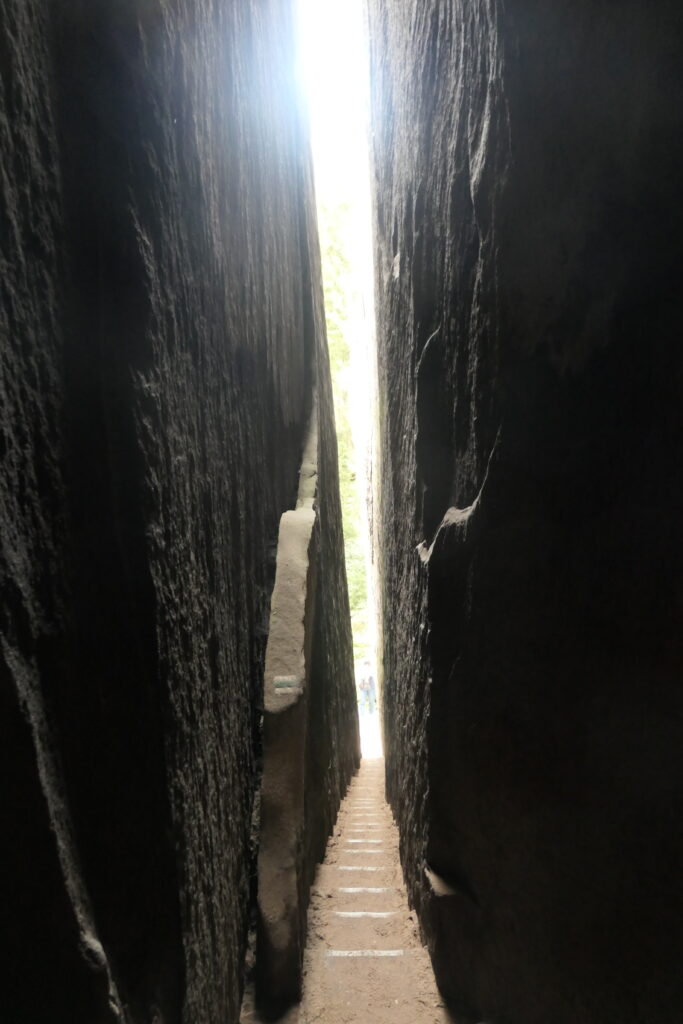


Český Krumlov
Český Krumlov is the best town in Czechia, in our opinion. You can read more about it in our blog. Architecturally it’s simply stunning, and sitting on a winding river gives it so much more.
Český Krumlov is a lovely medieval town in southern Czechia, renowned for its well-preserved architecture and picturesque setting along the Vltava River. A UNESCO World Heritage site, the town is dominated by the impressive Český Krumlov Castle, one of the largest in the country, offering stunning views of the old town and surrounding landscapes.
The narrow, winding streets are lined with colorful buildings, cozy cafés, and shops. You can explore historical sites like the St. Vitus Church and enjoy river activities or nearby nature trails. Český Krumlov’s enchanting ambiance makes it a must-visit destination for history and culture enthusiasts.


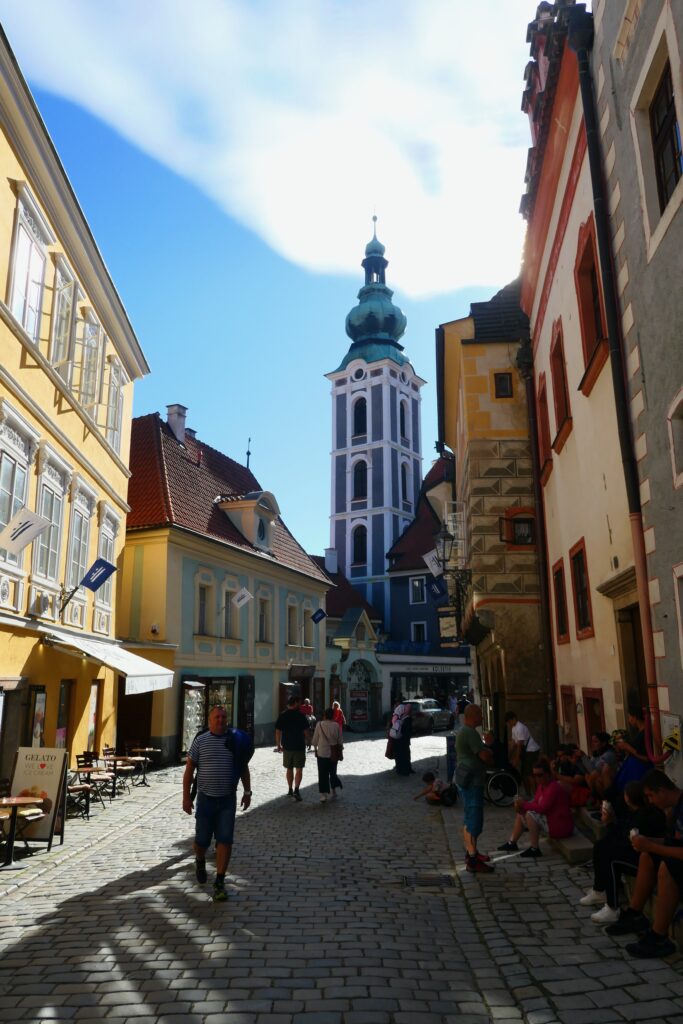




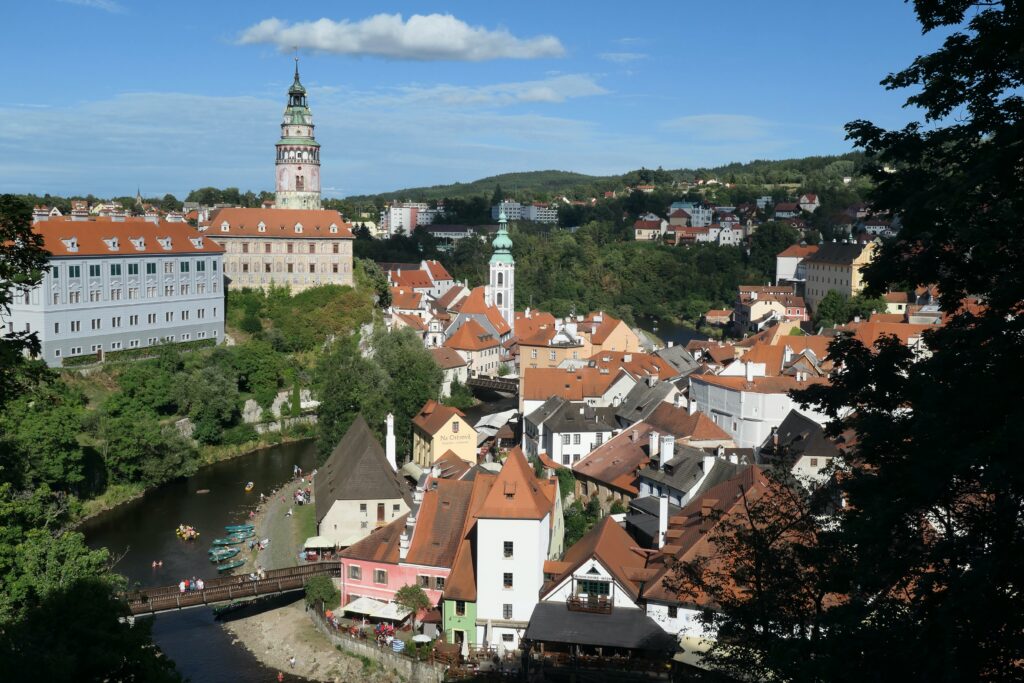





Chlumec nad Cidlinou
Chlumec nad Cidlinou is a small town located in the central part of Czechia, near the Cidlinou River. Known for its peaceful atmosphere and historical charm, the town is home to several notable landmarks, including the Church of St. Lawrence and the Karlova Koruna Chateau, a beautiful Baroque-style building that adds to the town’s scenic appeal. Built in the early 18th century, it was designed by architect Giovanni Battista Alliprandi for the noble Schlick family. The château’s most striking feature is its crown-like shape, symbolizing the name Karlova Koruna, meaning ‘Charles’s Crown’. The architecture, beautiful gardens, and the grand interiors are all great to visit.

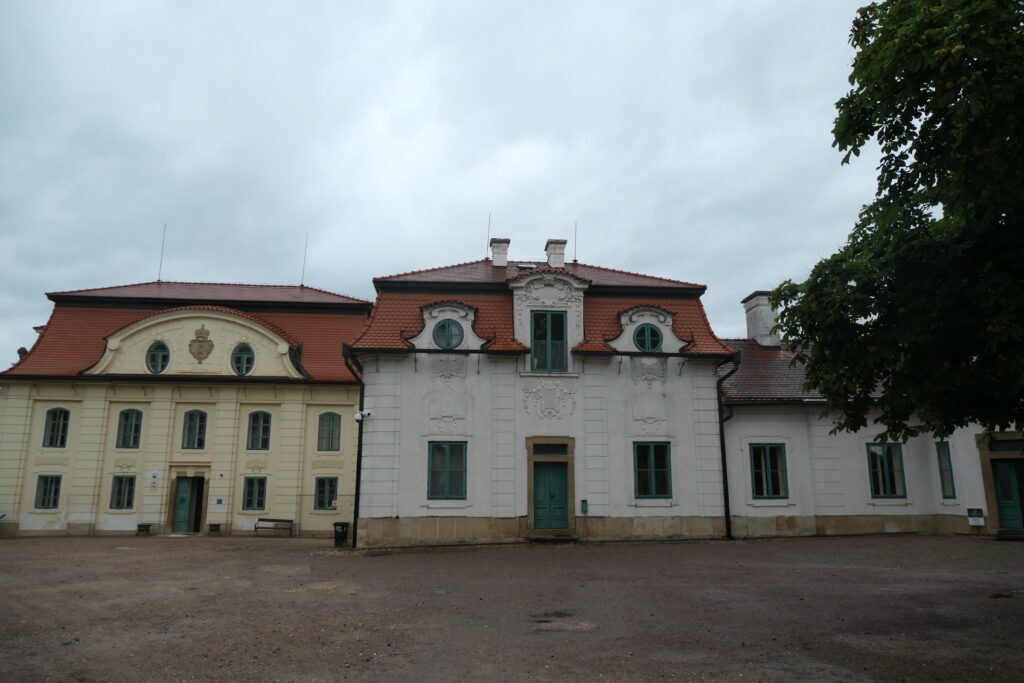

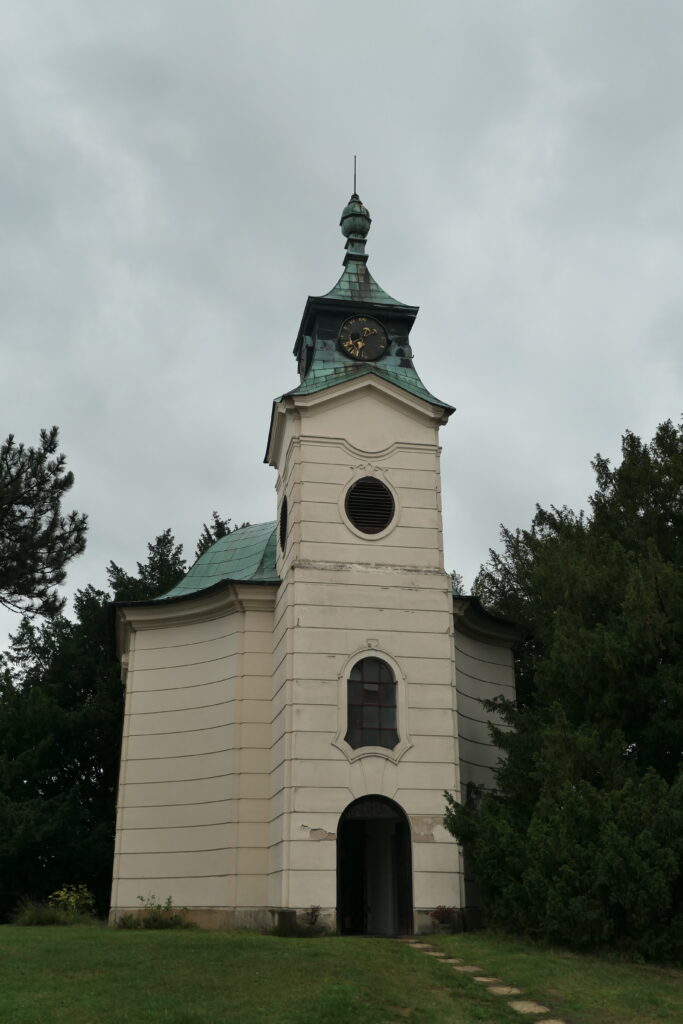


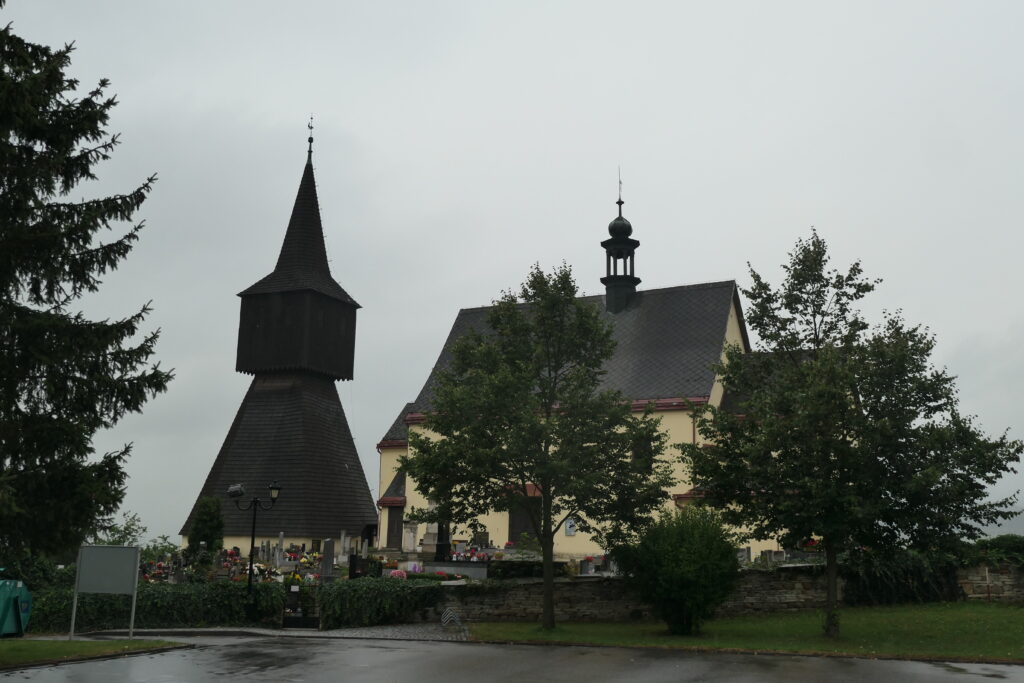
Jívka
Jívka is a small village located in north eastern Czechia, nestled in the foothills of the Krkonoš Mountains, near the border with Poland. Known for its natural beauty, the village is surrounded by lush forests, and is close to the Krkonošsko-jesenická protected landscape area. The village maintains a traditional Czech charm with rural architecture and a friendly atmosphere. We stayed in the Budopartner penzion, which was super clean and unbelievably quiet and dark at night.



Kolín
We had to stop here because you could see the twin spires of the church from miles away. Fairly quiet when we were there, as many small towns are in Eastern Europe – at least those without large populations. Pretty, and well kept, there were lots of kids gathering around ice cream shops!
Kolín is a historic town in central Czechia, located on the banks of the Elbe River. Known for its rich history, the town dates back to the 13th century and boasts several significant landmarks. One of the most notable is the Church of St. Bartholomew, with its striking tower dominating the town’s skyline. Kolín also features a charming old town with narrow streets, square markets, and preserved medieval architecture. Its welcoming atmosphere and historical significance make Kolín an intriguing destination for anyone interested in Czech heritage.
Why do we photograph churches so much, when we don’t visit or worship in them? What will people photograph in the future architecturally? These gargoyles caught my attention!





Kutná Hora
Kutná Hora is a lovely little town, full of winding alleys and stacked with history. There are multiple museums, and loads to see.
Kutná Hora is a historic town located in central Czechia, renowned for its rich medieval heritage. A UNESCO World Heritage site, the town flourished in the 13th century due to its silver mines. Some of its most famous landmarks include Epiphany House (The House of Three Kings or The House of Three Magi), Hrádek – The Little Castle, The Italian Court (former home of the Central Mint of Prague) and the Czech Museum of Silver. The town is also home to the Sedlec Ossuary (Bone Church), an eerie yet fascinating chapel decorated with human bones.
On our travels around some of these small towns we found that Wenceslaus I of Bohemia – yes the good King himself – founded some of them. Did you know that he repelled and defeated Genghis Khan’s mongols when they attached Bohemia? You learn interesting stuff when you take the time to read some of the town signs!



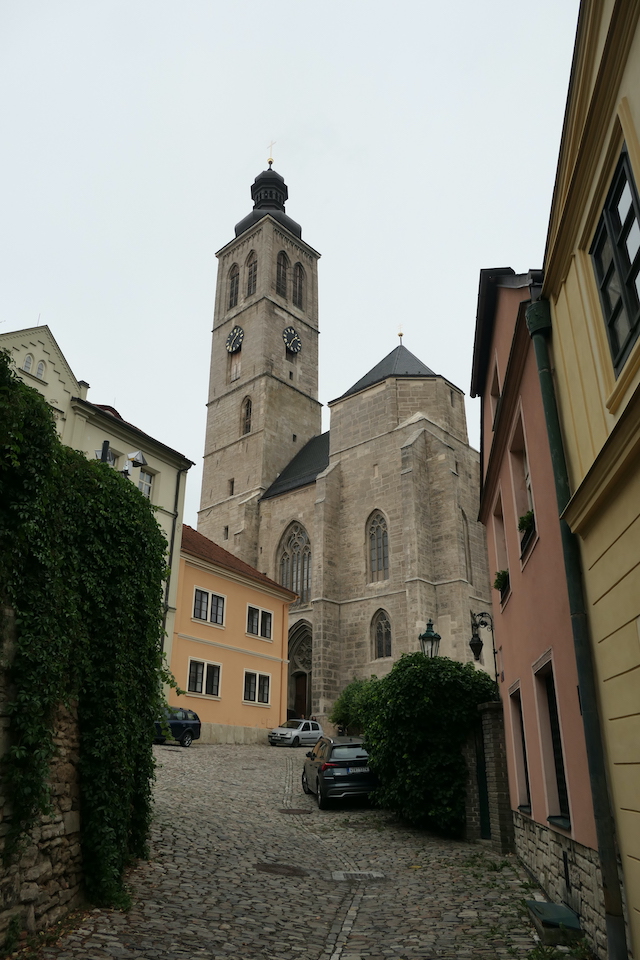
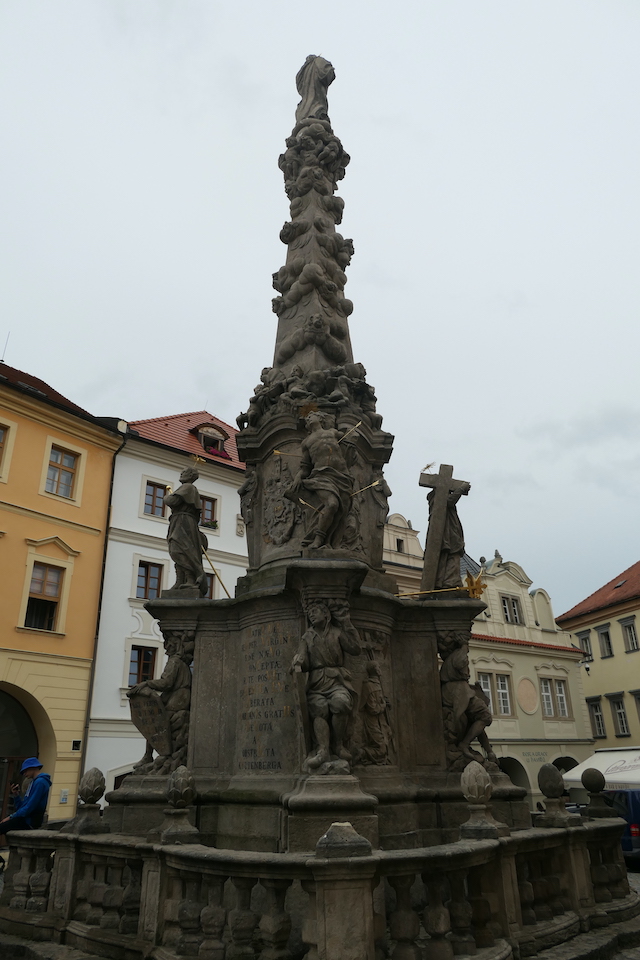






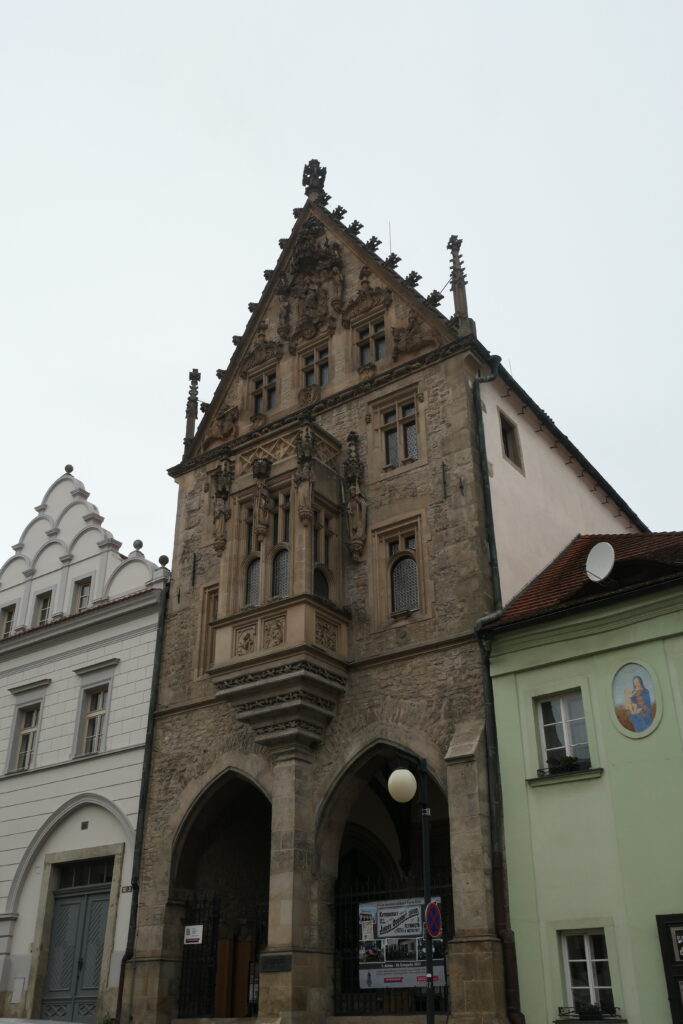


Ledenice
Ledenice is a small village located in the South Bohemian Region of Czechia, near the city of Český Krumlov. Known for its picturesque countryside and rich historical heritage, it offers a peaceful rural atmosphere. The village is surrounded by beautiful forests, fields, and meadows, making it ideal for nature lovers and outdoor activities like hiking and cycling. Ledenice’s historical architecture, including traditional Czech houses and churches, reflects the region’s cultural legacy.


Prague – Praha
Prague is a very pretty city full of history. It was quiet when we were there, but architecturally lovely.
Prague, the capital of Czechia, is a vibrant city known for its rich history, stunning architecture, and cultural significance. Often referred to as the ‘City of a Hundred Spires’, Prague boasts a mix of Gothic, Baroque, and Romanesque buildings, with landmarks like the iconic Prague Castle, Charles Bridge, and Old Town Square.
The city is also famous for its Astronomical Clock and vibrant art scene. As a hub of history, Prague offers a wealth of museums, galleries, and historical sites, making it a top destination for travelers seeking culture, history, and beauty in the heart of Europe.

















Žehuň

Žehuň is a small village located in central Czechia, near the town of Poděbrady. Known for its serene rural atmosphere, Žehuň is surrounded by beautiful countryside, including lush forests and fields. The area is rich in historical significance, with several traditional Czech houses and old buildings reflecting its past. Žehuň provides a peaceful getaway for anyone looking to experience rural Czech life, away from the hustle and bustle of larger cities.
What’s it like to drive in Czechia?
They drive on the right hand side of the road in the Czech Republic. Driving in Czechia is very laid back affair. Like the Czech people themselves, who we found to be mainly quite reserved and thoughtful, their driving seemed pretty respectful in the main – no dangerous driving, no driving too close or aggressively. Sure there are loads of bored kids with souped-up old bangers racing around some of the more winding countryside roads, but even they didn’t hassle us – nice!
Road conditions
In the main, road conditions are good in Czechia. On our travels, we only found one road that was poor, although it looked like it was being repaired.



Parking fines
In Český Krumlov the traffic police are hot on parking infringements, and will put clamps on your wheels until the fee of CZK1000 (£35) is paid.
Do you require an international driving permit in Czechia?
We’ve created a dedicated page to driving abroad, which answers this question, and more, which you might find helpful.
Can you use your UK driving license when driving through Czechia?
We’ve created a dedicated page to driving abroad, which answers this question, and more, which you might find helpful.
Do I need a carnet de passages to drive in Czechia?
We’ve created a dedicated page to driving abroad, which answers this question, and more, which you might find helpful.
What are the speed limits in Czechia?
The speed limits for cars in the Czech Republic are:
- 30 mph (50 km/h) for urban driving
- 55 mph (90 km/h) outside of built up areas
- 70 mph (110 km/h) on dual carriageways
- 80 mph (130 km/h) on motorways
What currency do they use in the Czech republic?
In Czechia they use the Czech koruna. The use of credit / debit cards is now widespread, although not guaranteed. Travellers cheques are widely accepted in large cities. There are lots of ATMs.
What language do they speak in the Czech republic?
They speak Czech in Czechia. A minority of the population also speak Slovak and Polish. Apparently English is spoken quite widely in some tourist areas. We found that English is not spoken at all in just about any of the places that we went. It’s definitely worth downloading a translator app we found!
What time zone is the Czech republic in?
Remember, when you’re planning your next trip to take a look at what time zone it’s in.
Do I need a visa to visit Czechia?
We’ve created a dedicated, more comprehensive page on visas, which you should find helpful. Check it out!
Is wild camping legal in Czechia?
No, wild camping is illegal in the Czech Republic.
What plug / socket type do they use in Czechia?

In Czechia they use plug / socket type E.
Health issues in the Czech Republic
Is it safe to drink water in Czechia?
Yes, it is safe to drink tap water in Czechia. Bottled water is also readily available across the country.
What vaccinations are required for Czechia?
This NHS website is kept up to date with all relevant information on vaccinations in Czechia.
Phones in the Czech Republic
What is the country calling code for the Czech Republic?
The country calling code for Czechia is +420
What are the emergency phone numbers in the Czech Republic?
- The emergency number for police in Czechia is: 112 / 158
- In Czechia, the emergency number for ambulance is: 112 / 155
- The emergency number for fire in Czechia is: 112 / 150
If you’ve got some useful info that you’d like to share, let us know!
Don’t forget to check out all the other pictures!
